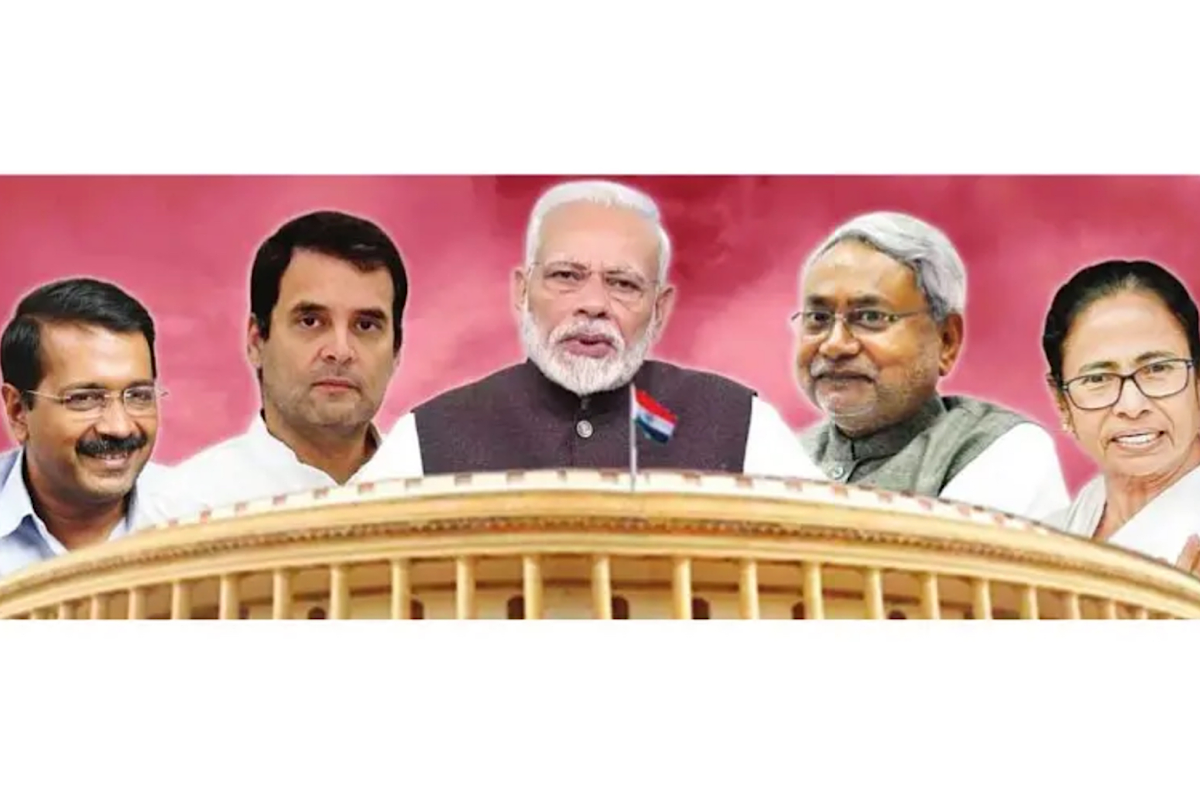For the 2024 Lok Sabha elections in India, political parties are reportedly planning negative ad campaigns against their opponents. Negative campaigning can be effective, but its impact is more significant in two-way races. In races with more than two candidates, it can have negative consequences for all of them. Personal attacks and fear tactics are rising, with candidates adopting a “hit first, hit hard, and keep hitting” approach. Political advertising is becoming more widespread worldwide as voters and competition increase. Since the 1828 US presidential race, political parties have used negative campaigning to attack their opponents’ character. Many historians say the John Quincy Adams/Andrew Jackson contest was the nastiest.
In 1964, Lyndon Johnson used negative radio ads to discredit Barry Goldwater, his opponent in the presidential campaign. The “Daisy ad” was one of these ads and played a significant role in Johnson’s landslide victory. Despite airing only once, it was highly effective. In the recent 2016 US presidential election, Donald Trump used an ad that showed Hillary Clinton collapsing. In 2020, both Trump and Joe Biden used negative campaigning. Trump criticised Biden’s mental abilities, while Biden criticised Trump’s handling of Covid-19 and his character. In the 2019 UK General Election, the Conservative Party portrayed Jeremy Corbyn as a security threat.
Advertisement
In the 2021 German Federal Election, the Social Democratic Party targeted Armin Laschet using images of him laughing while visiting a flood-affected region. Candidates use tactics like spreading rumours and using attack ads to win elections. Since Anna Hazare’s Jan Lokpal movement, social media has transformed politics and become a key source of information and accountability. Experts predict that advertising for India’s 2024 elections could cost between Rs 2,000 crore and Rs 13,000 crore.
Some experts forecast that political parties and candidates may spend twice as much on advertising than they did in 2019. The Election Commission gives candidates official spending limits, ranging from Rs 7.5 million to Rs 9.5 million per candidate. Unfortunately, many parties and candidates offer bribes to voters, such as phones, bicycles, mixers, grinders, and cash to gain their support. Where do political candidates get their funding? Typically, some wealthy candidates finance themselves. But candidates also receive funds from their party and the public.
Illicit funds have also entered the fray over time. The government introduced election bonds for corporations, but the Supreme Court recently banned them. The BJP received 57 per cent of electoral bonds sold between 2018 and 2022, amounting to 52.7 billion rupees ($1.1 billion). Congress received 10 per cent of the value, 9.6 billion rupees. Some election campaigns succeed, while others fail. Prime Minister Vajpayee’s 2004 “India Shining” campaign, while positive in outlook, is a classic example of a failed campaign. However, the Congress party’s “Aam Admi” campaign succeeded in the same elections.
In 2014, Prime Minister Narendra Modi transformed from a controversial right-wing politician to a strong nationalist leader focused on developing the country and connecting with the youth. He changed his campaign style to a more presidential one and projected himself as a national brand, and this resonated with people. It was one of the most significant mass mobilisation exercises using modern technology, 3D rallies, Chai Pe Charcha, interviews, and campaign visits.
In 2013, the Aam Aadmi Party emerged as a strong contender in Delhi’s Assembly elections through on-ground campaigns, social media activities, and a radio ad featuring AAP chief Arvind Kejriwal. it marked the arrival of a new political leader. All parties used negative tactics in the 2019 political campaign. The opposition criticised the BJP’s Hindutva-inspired programmes, but Modi’s victory after the Pulwama incident showed his strong base. India’s political parties use artificial intelligence to create engaging content that mocks their opponents. BJP released an AI-generated video of Modi campaigning, while the Congress posted a parody video featuring his digital likeness.
The video humorously portrays a business tycoon’s attempt to steal resources; it has gone viral with over 1.5 million views. This marks a new front in using AI technology in political campaigns. However, the Congress’ “Chowkidar chor hai” campaign slogan failed, and Rahul Gandhi’s attack on Modi also did not click. The effectiveness of a negative campaign ad depends on its content, context, and the characteristics of the viewers. Despite the guidelines issued by the Election Commission, the upcoming 2024 elections will likely witness an increase in negative campaign tactics. This trend will continue until the public realises that attack ads and character assassination do not benefit a healthy democratic process. Therefore, political parties and candidates need to focus on creating positive advertisements rather than resorting to negative campaigns.











